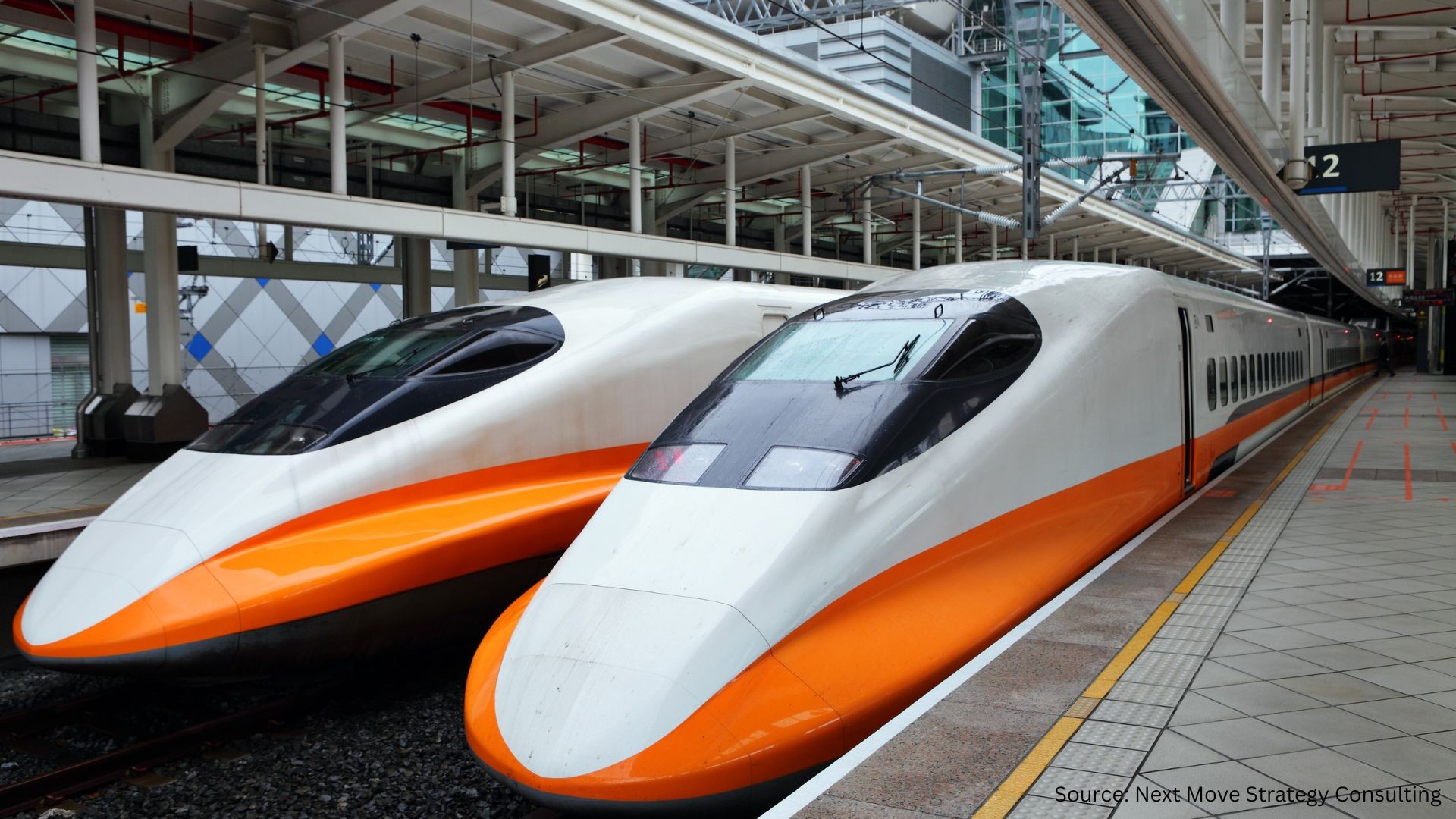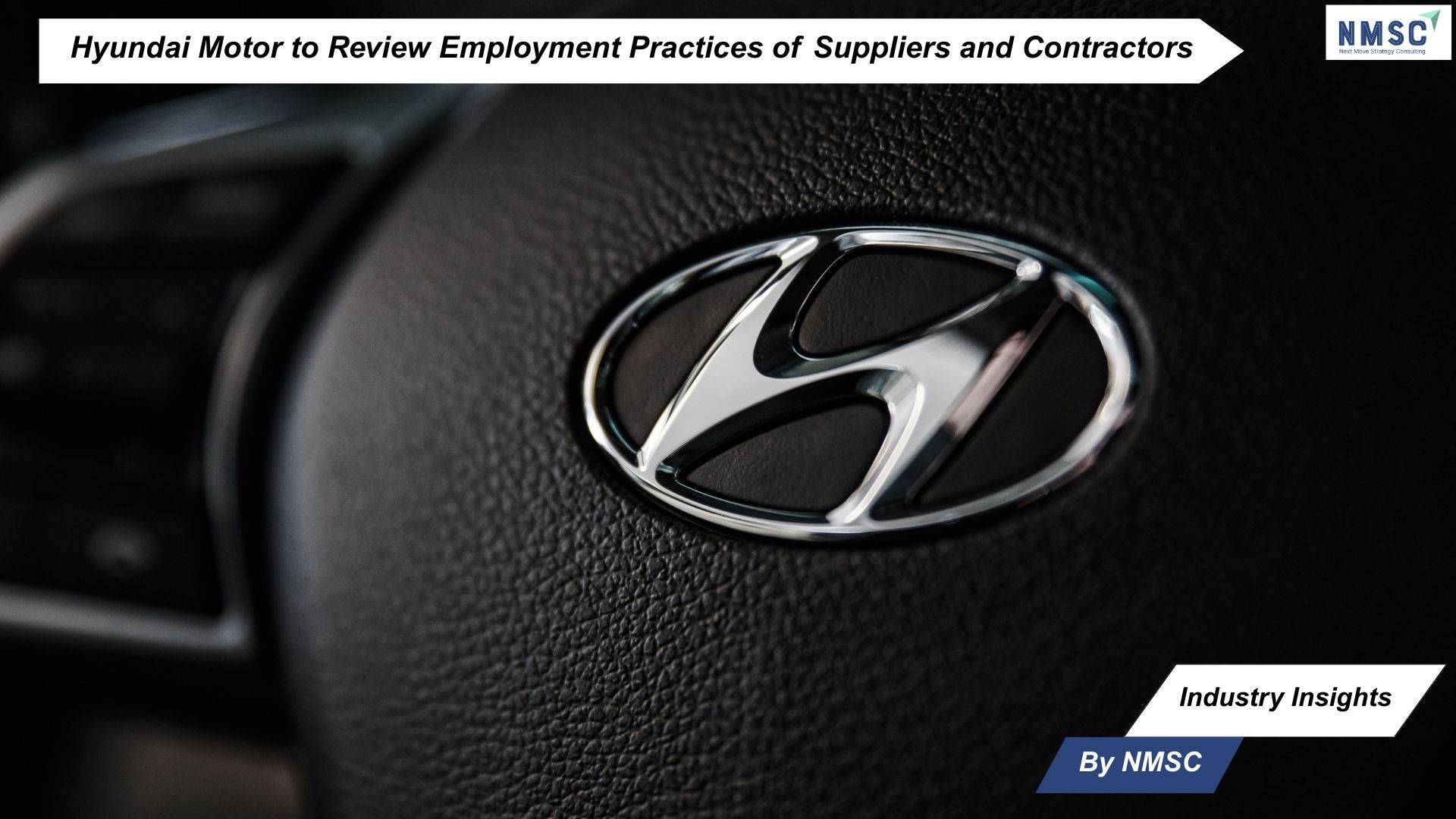Netherlands Automated Truck/Trailer Loading System (ATLS) Market is expected to reach USD 4.1 Million by 2030
Published: 2025-01-09
The growing enhancements on safety plans propel the demand for Netherlands ATLS market during the forecast period.
Netherlands Automated Truck/Trailer Loading System Market size was valued at USD 2.1 million in 2023, and is predicted to reach USD 4.1 million by 2030, at a CAGR of 10.1 % from 2024 to 2030, according to new research by Next Move Strategy Consulting.
The enhancement of safety plays a crucial role in propelling the Automated Truck/Trailer Loading System Market in the region. These systems, equipped with state-of-the-art sensors, cameras, and algorithms, are engineered to ensure safety during loading operations. Sophisticated sensors integrated into the systems detect obstacles, objects, or personnel in the loading area in real-time, allowing the system to adjust operations to prevent collisions or accidents.
Moreover, cameras offer a visual feed of the loading process, enabling remote monitoring and empowering operators to promptly identify potential safety hazards. Additionally, advanced algorithms optimize loading sequences, ensuring even distribution of weight and preventing overloading, thereby minimizing the risk of accidents or goods damage.
By prioritizing safety through these features, automated loading systems foster a safer working environment for personnel and mitigate the likelihood of cargo damage during transit. Consequently, safety enhancement emerges as a pivotal driver stimulating the adoption of automated loading systems, aligning with companies' objectives to prioritize employee well-being and cargo integrity.
Furthermore, the widespread implementation of automated solutions in warehouses and the logistics sector is driving the expansion and progress of the ATLS industry. This adoption seamlessly aligns with ATLS technology as companies pursue comprehensive automation within their logistics and supply chain operations. Integrating ATLS with existing automation infrastructure, such as conveyor systems and robotic material handling, significantly enhances operational efficiency.
However, many organizations face significant obstacles when considering the adoption of ATLS, primarily due to the substantial upfront expenses involved. This factor acts as a barrier to the expansion of the market.
These initial costs include technology procurement, infrastructure investments, expenses related to customization and integration, provision of workforce training, engagement of consulting services, and considerations regarding scalability.
This array of expenses presents a significant financial challenge for companies considering the adoption of ATLS, potentially limiting the widespread implementation and growth of these systems. On the other hand, the integration of artificial intelligence (AI), the Internet of Things (IoT), and predictive maintenance into ATLS is positioned to unlock significant growth opportunities in the market moving forward.
AI enhances real-time optimization of loading and unloading operations by leveraging IoT data, thereby improving overall efficiency. Predictive Maintenance assists in minimizing downtime and unexpected repair costs while also enhancing safety through IoT monitoring and AI-driven risk identification, consequently reducing liability expenses.
This integration provides valuable data insights for informed decision-making, offers customization and scalability, and appeals to industries seeking modern solutions. Consequently, these factors pave the way for the expansion of the market.
Request for a Sample PDF on the Netherlands Automated Truck/Trailer Loading System (ATLS) Market
Several market players operating in the Netherlands ATLS market include Ancra Systems B.V., Beumer Group GmbH & Co. KG, GEBHARDT Fordertechnik GmbH, Mecalux, S.A., Cargo Floor B.V., Joloda Hydraroll Limited, Asbreuk Service BV, Actiw Ltd., Virans, Interroll Group, and others.
Key Insights from the Netherlands ATLS Market Report:
-
The information related to key drivers, restraints, and opportunities and their impact on the Netherlands ATLS market is provided in the report.
-
The value chain analysis in the market study provides a clear picture of the roles of each stakeholder.
-
The market share of players in the Netherlands ATLS market is provided in the report along with their competitive analysis.
















Add Comment